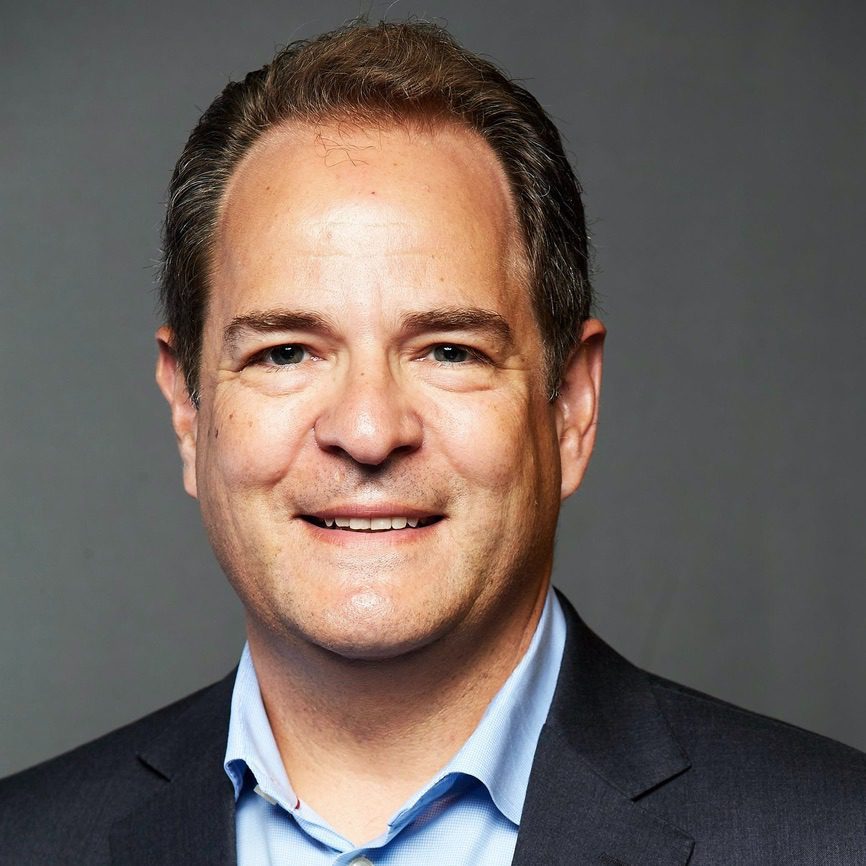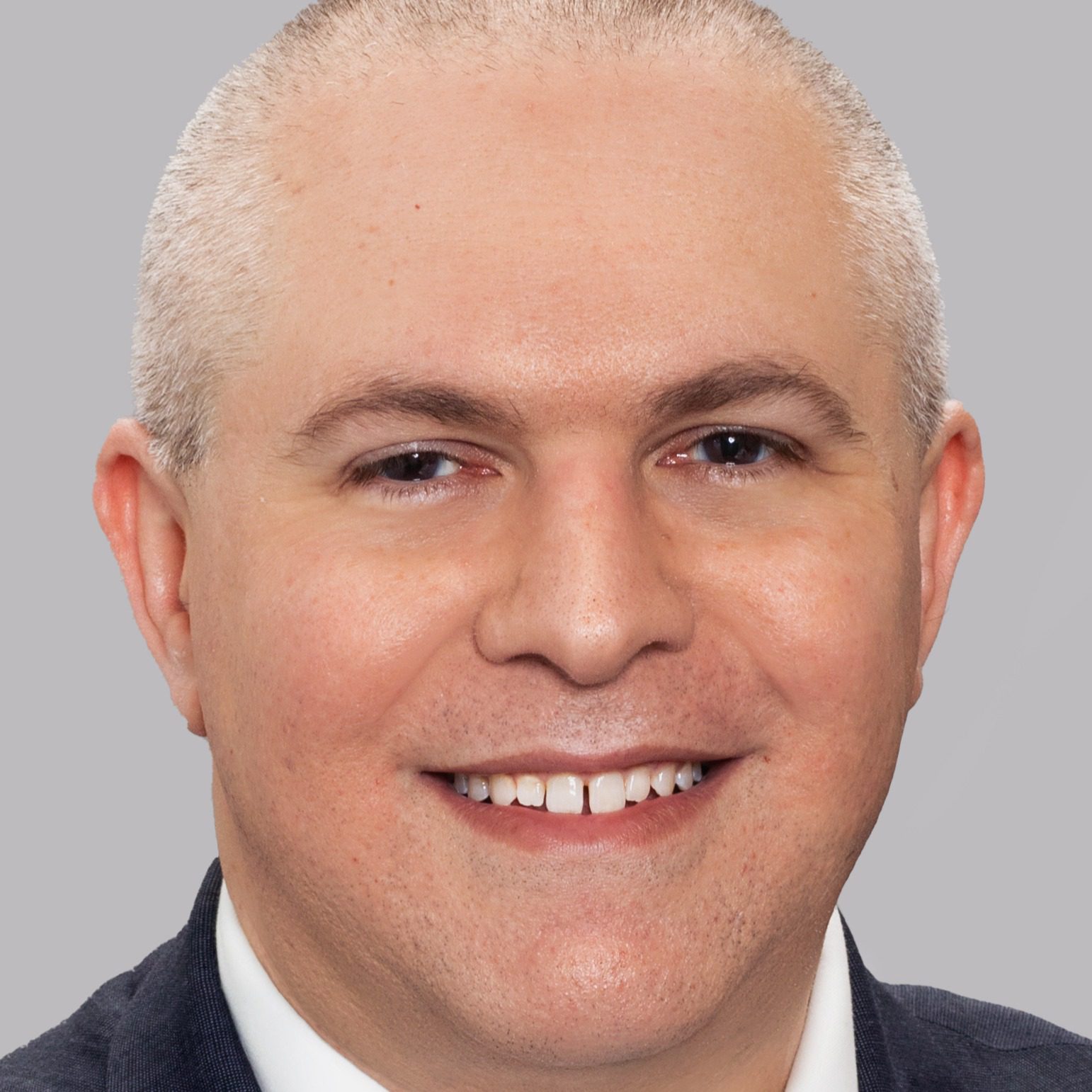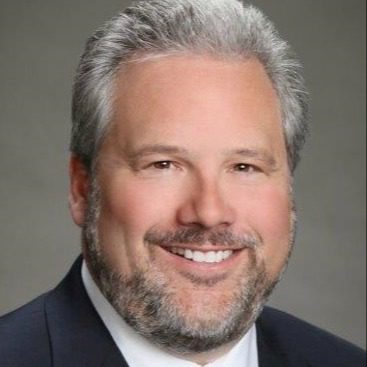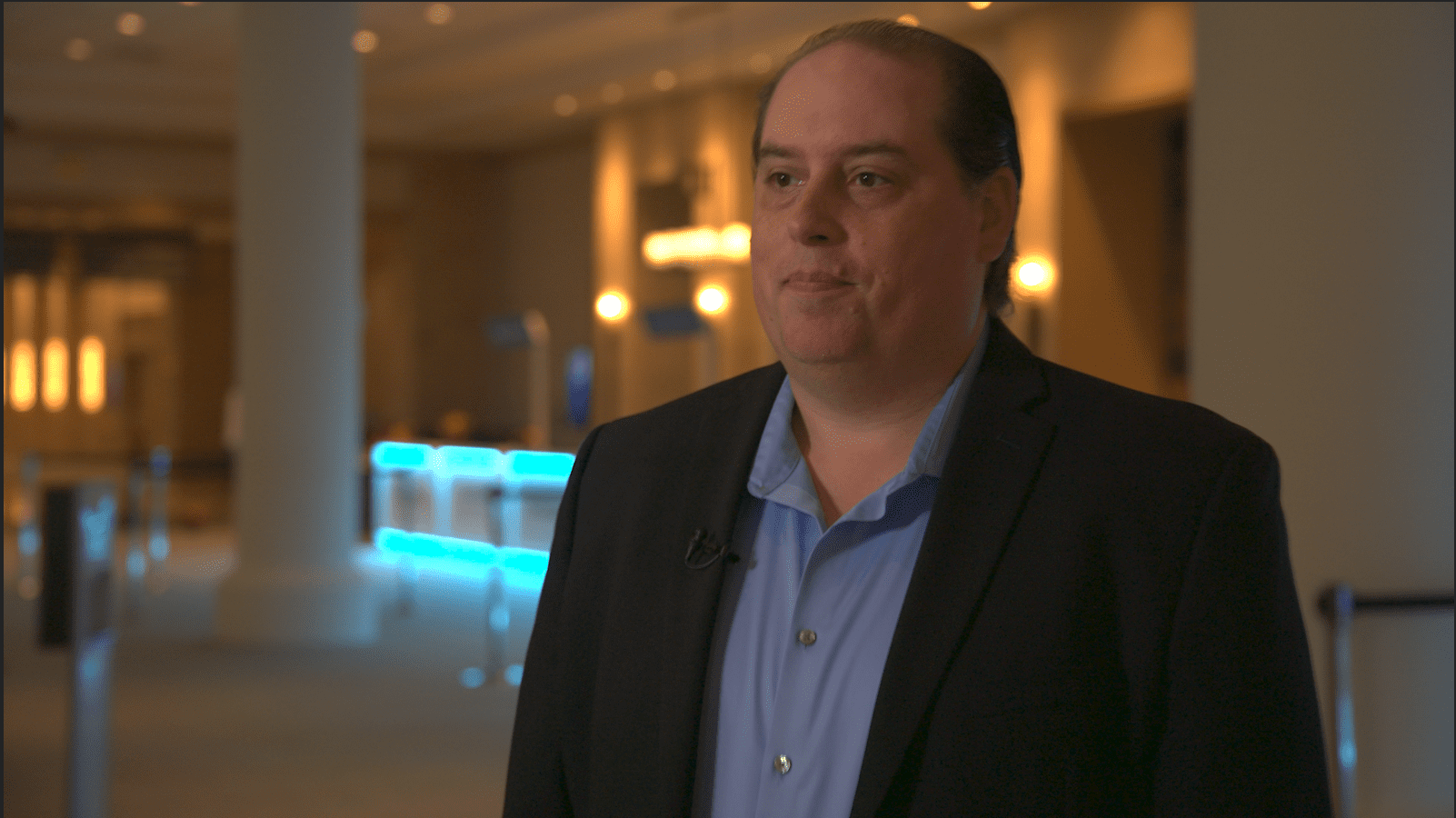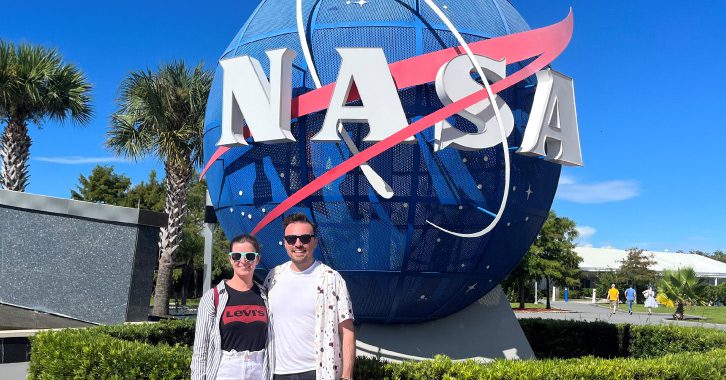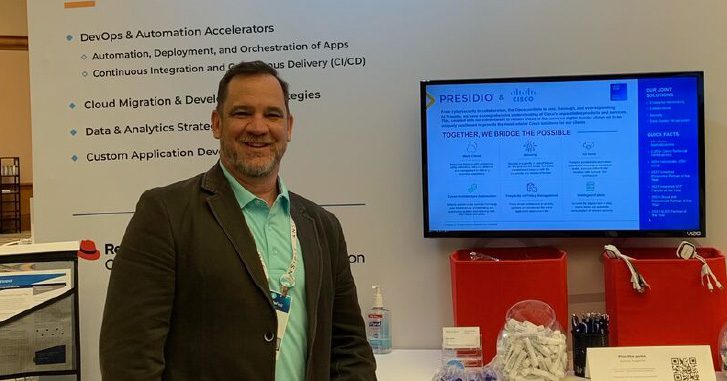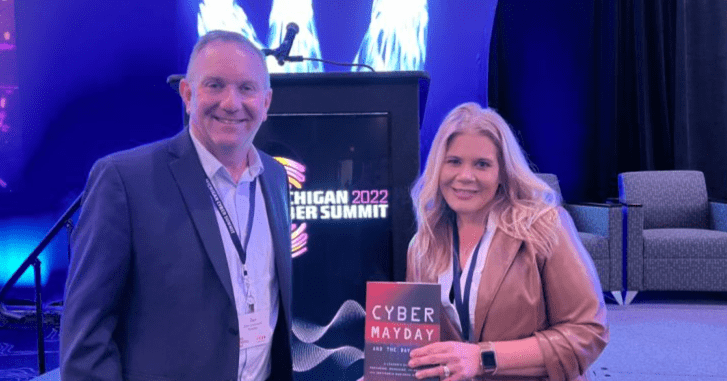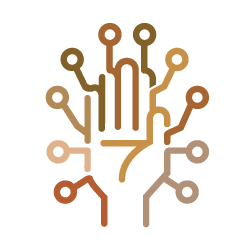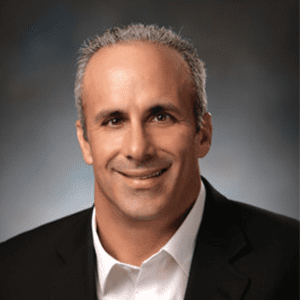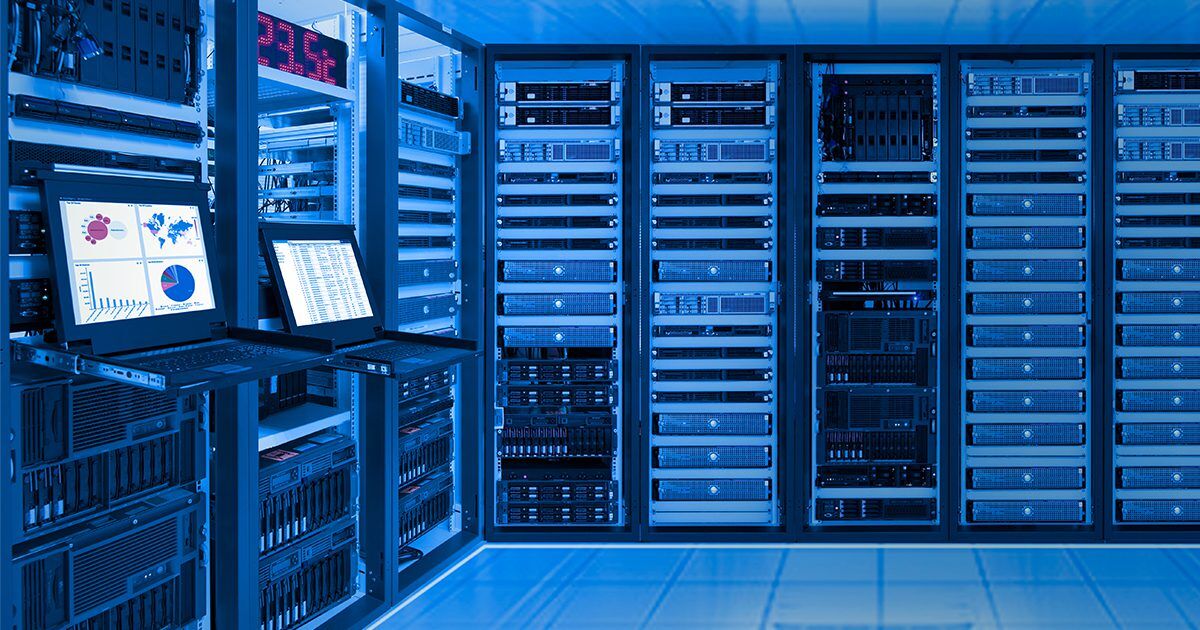

Like Maslow’s hierarchy of needs, the IT foundation – compute, storage, network – are the food, safety, psychological and self-actualizing resources needed to run applications and access data at a fundamental level. Without them, cloud is not achievable at the scale and performance level companies need on their digital journey.
Still, we run into companies who question whether their existing foundation needs to be modernized at all. Let’s discuss why “Modernize the Foundation” is such an area of focus.
A lot of discussion around digital transformation has taken place over the course of the past decade-plus and two consistent truths have emerged:
- Businesses are looking to technology experts to act as a change agent to innovate for them, allowing for more differentiation versus competitors to gain and retain market share.
- They seek to adopt technology that creates new business opportunity and new channels of revenue.
This was prior to COVID-19 and the subsequent quarantine. Now the question is – how much has changed in the way companies are investing in technology?
The answer is staggering.
In a recent Gartner report that highlighted the shifts in technology investment (are you going to increase or decrease your investment) due to the COVID pandemic, among the top priorities that shifted the most, infrastructure modernization efforts had the most substantive changes.
- Use of infrastructure-based cloud services like IaaS or VMware Cloud Solutions (VMC and AVS) shot up to 50% that intend to increase spending, vs. 3% that plan to decrease spending.
- This was directly related to a substantial shift in on-prem DC infrastructure investment, with 35% indicating a decrease in investment (in favor of cloud-based deployments) but of those not looking to move to cloud, 19% planning to increase investment.
- Modernization of core system upgrades also cracked the top 10, with 37% planning to increase investment while only 11% plan to decrease spending efforts.
- Modernizing network connectivity to support a hybrid or multi-cloud strategy also increased 20% in favor of more investment, compared to just 8% that planned to decrease spend.
Add to this the global competition on talent causing labor shortages in the technology sector, modernizing existing legacy environments become increasingly important to increase span of control. Hyper-automation through RPA, iBPMS, and iPaaS and implementing Full-stack Observability (FSO) that integrates into asset lifecycle management coupled with AI for automated DC support is how organizations are utilizing automation arbitrage to address scaling issues to support organizational technology demands.
The pandemic proved that now more than ever, only technology can address the organizational challenges of these trying times. More than three-quarters of organizations either kept their technology spending the same or decided to spend even more as a result of the pandemic. Additionally, innovation and business outcomes are continuing to rank in the top three digital priorities moving into 2021 and beyond (with security sandwiched between the two).
With this emphasis on technology investment, what could potentially block or derail success? That’s where modernizing the foundation comes in.
As part of our Presidio Insights series, we discussed the top five IT themes that emerged post-COVID. One of the key themes was “Spring Cleaning on Technology Debt.” What we consistently heard from analysts, clients, vendor partners and our peers in the field was that existing traditional platforms and legacy applications were now hindering the ability to roll-out and scale new digitally deployed workloads into production.
And while we have heard about re-patriation of workloads from the cloud back to private, the reality is that those workloads were not properly rationalized when determining the best deployment option. What we are seeing now is that proper use of IaaS and PaaS – especially as part of a hybrid-cloud strategy – provides the best alternative to modernize existing client virtualization environments.
This “move to improve” approach has been a kick-starter to how organizations are accelerating their cloud efforts.
Modernize the Foundation – Four Core Tenets
Thus Modernize the Foundation is the first focus area of our updated portfolio. Through it, we ensure agile and scalable access to infrastructure orchestrated through software-defined policies connecting private, public and hybrid cloud, as well as the edge.
To modernize the foundation, companies need to focus on the modernization of the core IT layers – compute, storage, and networking – and controlling the provisioning and management of those resources via policy.
Control Through Policy
Focus on the software-defined data center (SDDC) and moving the control plane to software, integrating lifecycle management with modern observability methods – correlating telemetry data to trigger an action. For example, spinning up a new VM or isolating a workload due to a breach, based on policy threshold and trends.
This requires 4 major components:
- Stage – understanding the current stage of an IT asset in its lifecycle.
- Status – correlating telemetry data to understand the real-time status of the IT asset.
- Policy – applying a policy to the IT asset that gives guidance on the acceptable operating state of the IT asset – and what action to trigger in the event the status of the IT asset falls out of the policy boundaries.
- Automation – the automated “jobs” that are triggered through policy to take corrective action and re-establish operational norms.
When we address all 4 components, we can add additional AI techniques to provide fully automated and more intelligent operations of our infrastructure resources, achieving more span of control and allowing for increased scale.
Optimizing Compute Consumption
Increase efficient use of compute resources by updating to virtualization architectures like HCI, offloading hypervisor operations with DPU/GPU processing, and deploying new edge processing capabilities when locality is the priority.
When incorporating Hybrid or Multi-cloud deployments as part of the modernization effort, benchmarking the performance and translating the resourcing needs from on-prem dedicated tenants to CSP-based shared tenants need to be considered in order to maintain an equivalent performance profile.
Distributing Data Efficiently
Focus on modernizing the access to data sources for upstream applications, whether file, object, block or advanced functions like data replication (including modern data protection).
As most storage vendors are integrating directly into public cloud providers via their cloud marketplace, new “storage as code” management alternatives that are API-based are growing in popularity (Pure Storage’s recent announcement of Pure Fusion for SaaS-based virtual storage pool management for CBS (cloud block services) and existing arrays).
Connecting Globally and Resiliently
This is the core piece of modernizing the foundation because without networking there is no cloud. From redesigning the core/edge topology to designing comprehensive hybrid cloud networks that utilize native network services (AWS, Azure, and GCP), modernizing the network optimizes how we contract carrier services and implement business continuity to maintain service and access to applications and data.
And as organizations continue to evolve their workforce to become increasingly borderless, designing globally secured and resilient networks that self-manage for Quality of Service (QoS) opens new challenges that legacy networking and telecom architectures can’t answer. Employing SD-WAN, 5G, and broadband options that include wireless backhaul capabilities and full-stack observability that maps telemetry data coming from multi-sources (CASB), defining real-time status of network performance to dynamically apply QoS is the only suitable option to solve these challenges at scale.
That concludes this post – until next time!

















